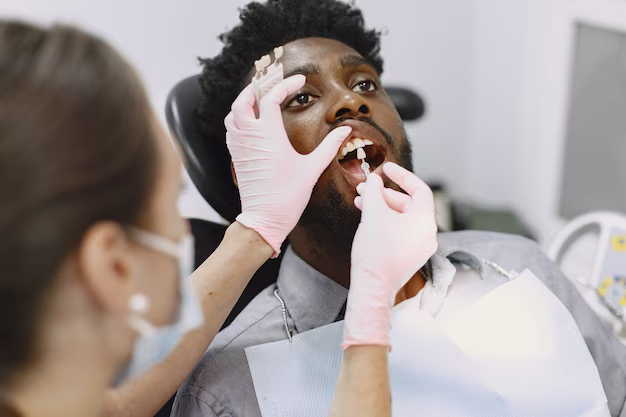How are dental health programs evolving to address the needs of diverse communities?
In recent years, dental health programs have
evolved significantly to address the unique needs of various communities. As public awareness of the importance of oral health grows, so too does the necessity for tailored approaches that cater to different populations. From rural areas to urban centers, and across diverse age groups, these programs are innovating to ensure that everyone has access to quality dental care. Here’s how dental health initiatives are adapting to serve communities more effectively.
1. Culturally Tailored Education
One of the most significant adaptations in dental health programs is the emphasis on culturally relevant education. Understanding that different communities have unique traditions and beliefs about oral health is crucial for effective education. Programs now often include multilingual resources and culturally sensitive materials that respect local customs and practices. For example, some initiatives provide educational content in various languages and work with local leaders to ensure the messages resonate with community values.
2. Mobile Dental Clinics
Access to dental care can be a challenge in remote or underserved areas. Mobile dental clinics have emerged as a solution to bridge this gap. These clinics travel to different locations, bringing dental services directly to those in need. They are particularly valuable in rural or economically disadvantaged communities where local dental facilities may be scarce. Mobile clinics can offer a range of services from basic cleanings to more complex procedures, making dental care more accessible.
3. School-Based Programs
Recognizing the importance of early education in dental health, many programs are now focusing on school-based initiatives. These programs often include classroom education on oral hygiene, free dental check-ups, and fluoride treatments. By targeting students early, these programs aim to instill good oral health habits that can last a lifetime. They are especially beneficial in schools located in low-income areas where access to dental care may be limited.
4. Collaboration with Local Organizations
Dental health programs are increasingly collaborating with local organizations to extend their reach and effectiveness. Partnering with community centers, religious institutions, and local non-profits helps to build trust and ensure that the programs are aligned with the community’s specific needs. These partnerships also facilitate the sharing of resources and expertise, enhancing the overall impact of the dental health initiatives.
5. Innovative Technology
Technology plays a crucial role in modern dental health programs. From tele-dentistry consultations to digital patient records, these innovations are making dental care more efficient and accessible. Tele-dentistry, for instance, allows patients to receive consultations and follow-up care remotely, which is particularly beneficial for those who cannot easily travel to a dental office.
6. Focus on Preventive Care
Preventive care is at the heart of many modern dental health programs. By emphasizing preventive measures such as regular check-ups, cleanings, and early intervention, these programs aim to reduce the incidence of more severe dental issues. Community outreach efforts often include free or low-cost preventive services, educational workshops, and resources to help individuals maintain good oral health.
Conclusion
As dental health programs continue to evolve, their ability to adapt to the needs of diverse communities is more important than ever. By embracing cultural sensitivity, leveraging technology, and focusing on accessibility, these programs are making significant strides in improving oral health for everyone. The future of dental care is not one-size-fits-all but a mosaic of tailored approaches that ensure equitable access and effective care for all members of our communities.




